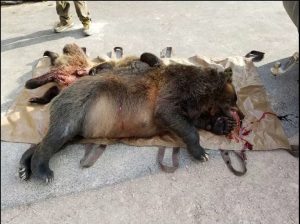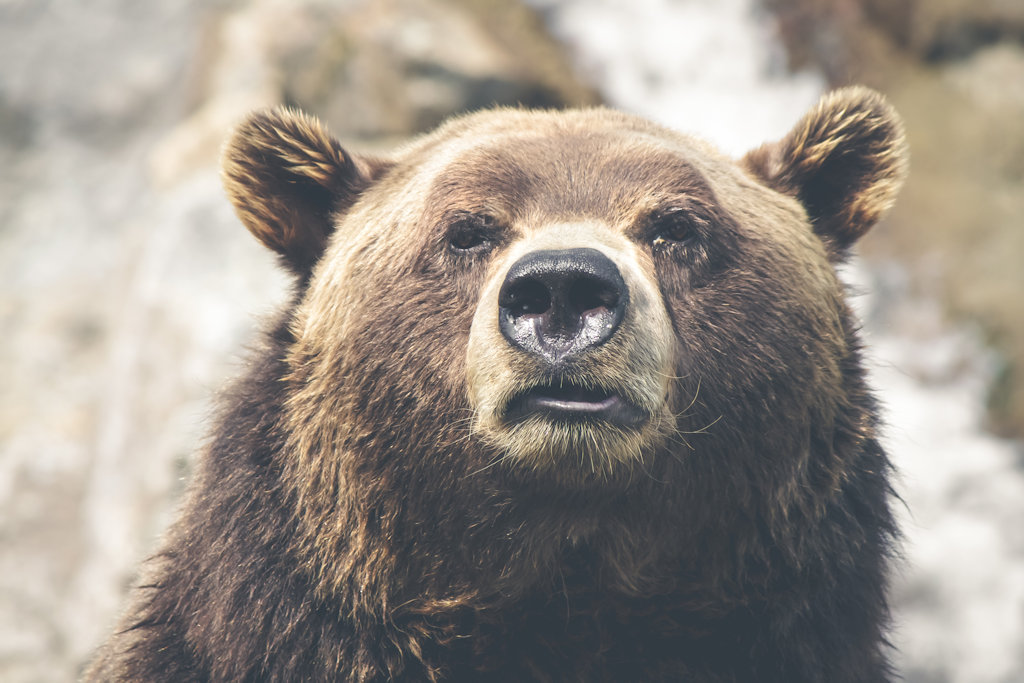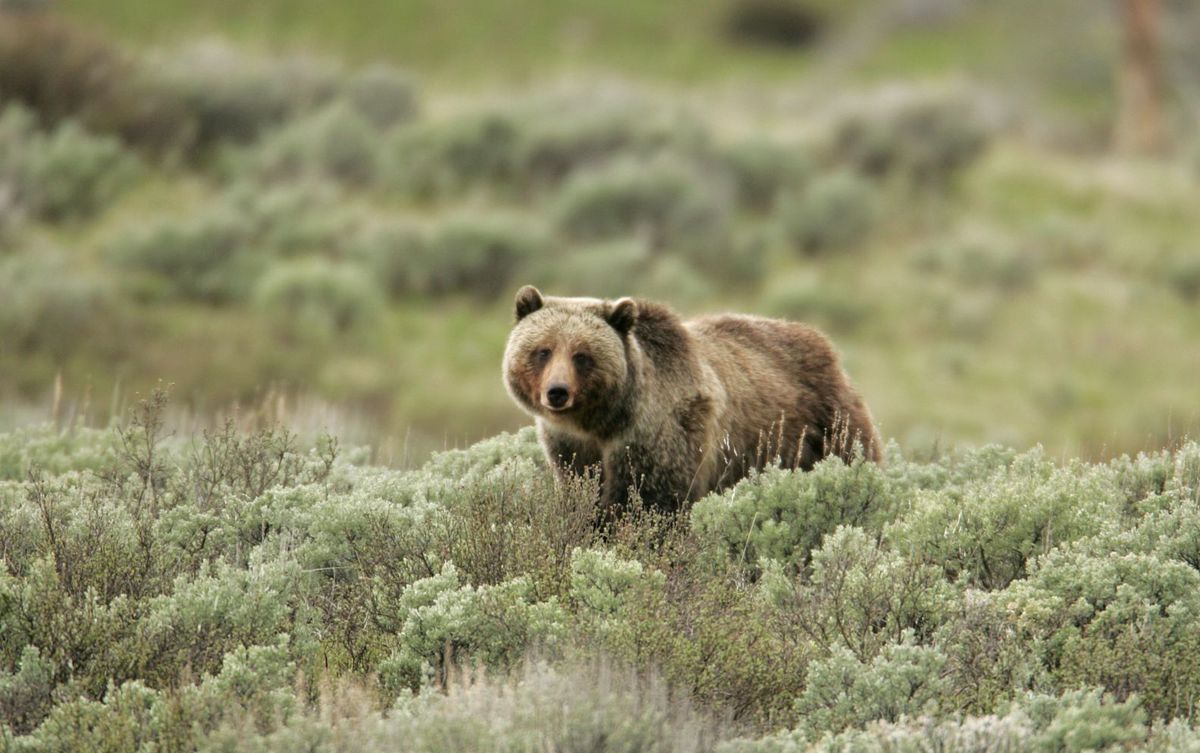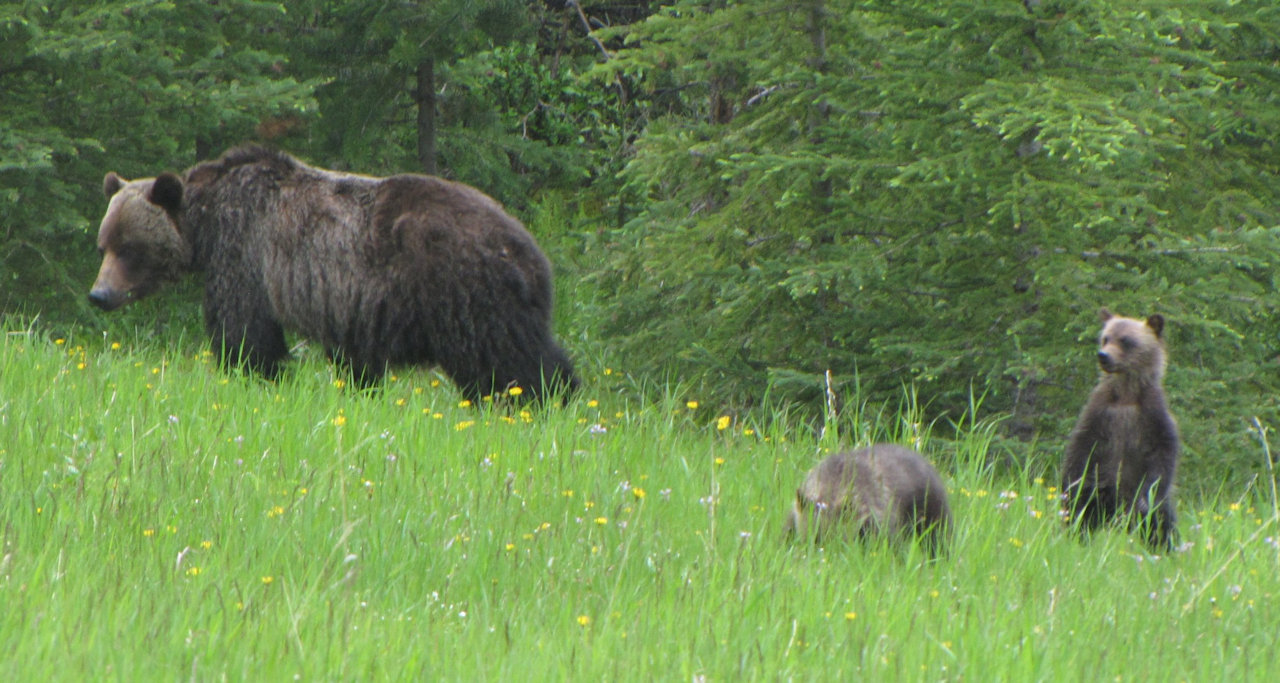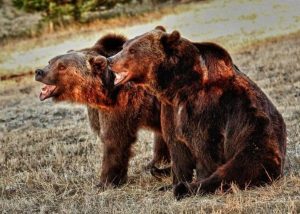 NFPA member Steve Gniadek had a letter published in the Flathead Beacon today calling out the BNSF Railway for not fulfilling its promises to help reduce train-caused grizzly bear deaths . . .
NFPA member Steve Gniadek had a letter published in the Flathead Beacon today calling out the BNSF Railway for not fulfilling its promises to help reduce train-caused grizzly bear deaths . . .
Thanks to Tristan Scott for shining a spotlight on continuing train-caused grizzly bear mortalities (Flathead Beacon, Oct. 4, 2023). The late Dr. Charles Jonkel first raised the alarm in the 1980s when he learned that grain spills were attracting grizzlies that were subsequently killed on the tracks. In the early ‘90s I represented Glacier National Park on a working group that resulted in the establishment of the Great Northern Environmental Stewardship Area (GNESA), with the goal of reducing the risk to grizzlies and other wildlife. BNSF provided funding for a state bear management position, and other mitigation measures. There seemed to be progress with the development of a Habitat Conservation Plan (HCP). So, I was shocked and disappointed to learn there has been little recent progress, and that BNSF has not committed to funding the measures identified over 20 years ago. The HCP is long overdue, and BNSF needs to make a permanent funding commitment to mitigate the impacts from train traffic. Some have argued that BNSF is foot-dragging until the grizzly is delisted and protective provisions are no longer required. Chuck Jonkel used to speak about the million-dollar grizzly, that each bear was worth that much to the state (in tourism revenue and iconic status). Even with an expanded population since the 1980s, the per bear value is probably well more than a million today. Regardless of ESA protections, grizzly bears are a significant natural, cultural and spiritual resource, part of our identity as Montanans. The public must demand accountability by BNSF and a commitment to minimize mortality and the management of a healthy and sustainable population of grizzly bears and other wildlife.
Steve Gniadek
Columbia Falls
